Original Author: Stacy Muur
Original Translation: AididiaoJP, Foresight News
Point-based airdrops are easy to initiate but hard to sustain. While projects can gain a few weeks of activity, few can win over truly sticky users. What distinguishes short-term hype from lasting engagement? How can we design incentive systems that keep users from leaving?
The seemingly active user engagement is often just mercenary-style score manipulation disguised as participation. The concept of points itself is not the problem, but the real issue lies in how they are designed: shallow incentives, no switching costs, and zero connection to the long-term future of the product.
- The flaw is: They reward raw activity metrics: trading volume, number of trades, number of wallet creations.
- The end result? Bots and wash trading.
Why Do Points Fail? Psychological Perspective
To be frank, point systems may attract users for a day or two, but they cannot sustain their engagement.
When the design strays from its goals, the situation is as follows:
Only for score manipulation, the mercenaries attracted by the project will leave the moment the rewards dry up.
Based on trading volume rewards, it creates a wash trading casino where bots thrive, while real users dwindle.
Time-limited unlocks, retail investors wait to sell off.
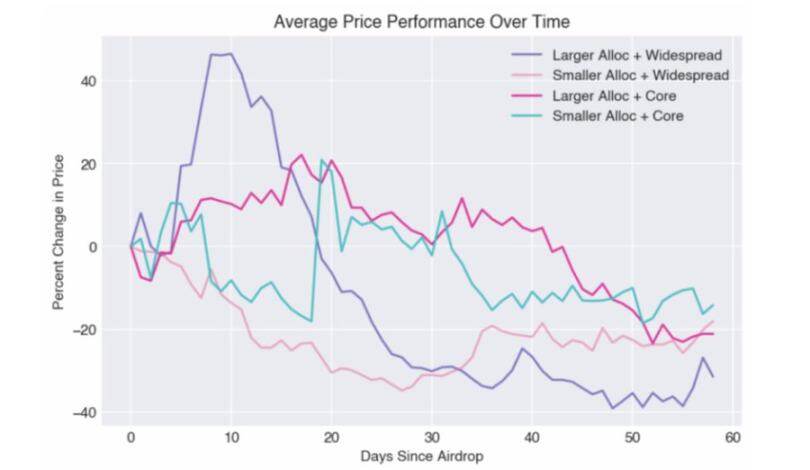
Source: \@chain_gpt
It does meet the metric of "engagement," no doubt, but what lies beneath the surface? It is hollow because it is driven by the wrong incentive mechanisms and built on flawed psychology.
What Makes a Points Program Sticky?
Not all point systems are created equal.
Some quickly fade away, providing users with a quick dopamine hit before collapsing under their own weight. But the best systems have a design framework that transcends short-term incentives.
This section will analyze what makes a points program truly sticky and why most get it wrong.
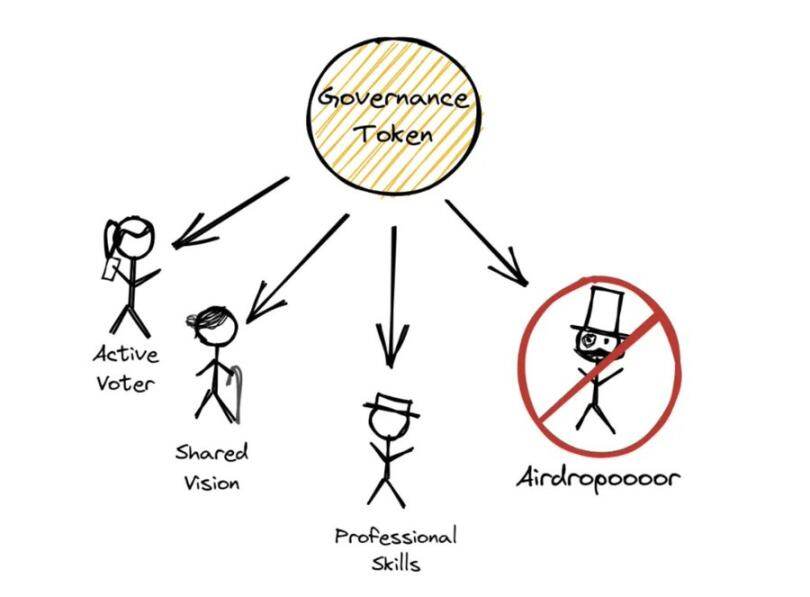
1. Behavior-Based Scoring (Not Volume-Based)
Too many programs fall into the same lazy formula:
Points = Trading Volume × Time
This cannot build loyalty; it only attracts wash trading bots. The data looks impressive on the dashboard, but as soon as the airdrop slows down, the system collapses.
The shift is simple yet powerful:
Points = Skill Demonstration + Community Contribution + Product Mastery
At this point, points are no longer bait for mercenaries but begin to shape real users.
Textbook Example: @blur_io, 2024:
In Seasons 3-4, they stopped rewarding pure trading volume and began rewarding high-quality trading behavior. The multiplier mechanism targeting rare NFT trades, market making, and actual price discovery completely transformed the incentive design.
Result: Monthly active users increased by 40%, and churn rate decreased by 25%.
Users stayed because they became better traders, not because they were score manipulating.
2. Progressive Mastery System
Once the rewards are in place, the real work begins: building a progression system. Most systems fail because they assume users do not need to change; the same tasks, the same feedback, but engagement is not just about repetition.
I like to think of it as a role-playing game.
You start as a novice completing simple tasks, but over time, the challenges become increasingly difficult, the rewards more substantial, and the sense of achievement deeper.
So, what does a progression system look like in practice? It starts with how you welcome users and spans three different levels of engagement.
Level 1: Novice Introduction (Weeks 1-2)
- Quick wins, teaching the basics of the product.
- Early high rewards for learning the ropes.
- Goal: Make the product feel intuitive and rewarding quickly.
Level 2: Skill Development (Weeks 3-8)
- Introduce complexity: advanced features, team tasks, deeper product usage.
- Social competition begins to intervene—leaderboards, streaks, collaboration.
- Goal: Transform curiosity into capability.
Level 3: Community Leadership (Week 9 and Beyond)
- Reward content creation, governance, helping others.
- Elevate contributors to visible community roles.
- Goal: Transform active users into advocates.
Textbook Example: @arbitrum:
Their governance model evolved through quadratic voting and retroactive funding. Highly engaged users gained influence by nominating and funding new projects. In 2024, the foundation approved 276 grants from 900 applicants, supporting builders in DeFi, gaming, infrastructure, and more.
The attraction is simple: give them points, and the reason they stay? They feel important.
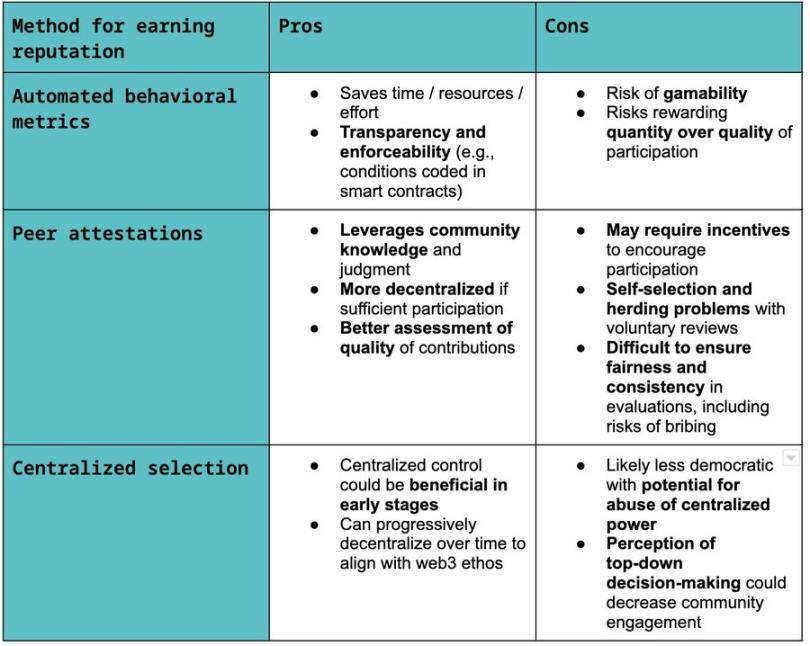
3. Social Graph Integration
Once individual mastery begins to take effect, the next unlock is a sense of collective belonging. Projects often stop at "you vs. the leaderboard," but this limits engagement. When users realize their progress is intertwined with others, the real magic begins.
Flaw: Isolated points cannot build relationships; once the leaderboard resets, loyalty resets too.
Solution: Integrate team mechanisms, public visibility, and shared victories. When rewards depend on group outcomes, what people build is a foundation rather than a habit.
Textbook Example: @Optimism RetroPGF:
In addition to code, they reward contributors, including education, documentation, and ecosystem support. They also introduced badges for impact areas like sustainability and accessibility.
This increased the social amplification effect: sharing your work on X or Discord can earn additional visibility and recognition. The result is greater diversity among contributors and stronger engagement after the project ends.
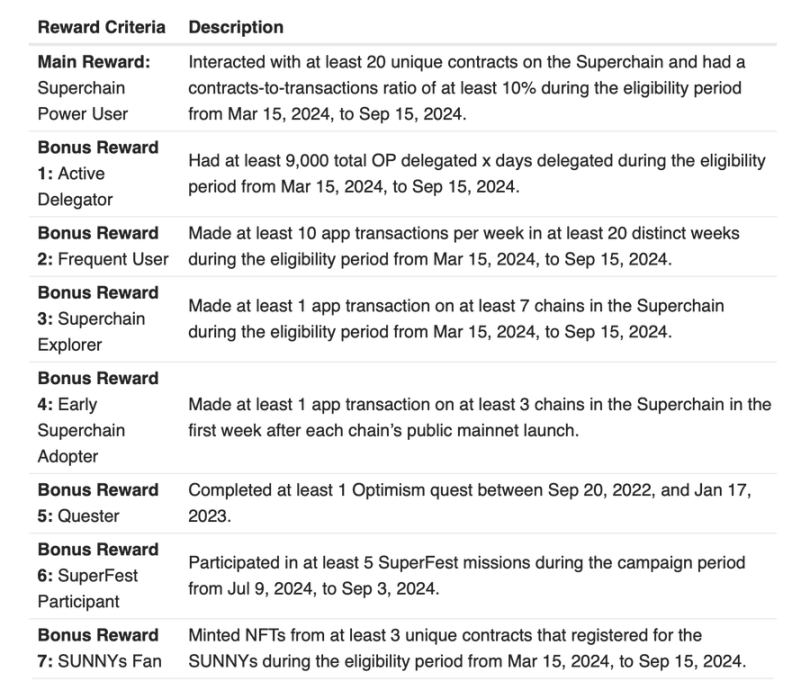
Insight: What people want is not just rewards; they want a sense of belonging. When your points system reflects a social network rather than a scoreboard, retention is no longer a KPI but begins to become a culture.
4. Aligning with Real Economics
Points programs ultimately face real pressures; emissions deplete, attention wanes, and the only thing that can anchor users is real value.
Flaw:
Systems mistakenly equate token inflation with growth. They print rewards faster than the product generates revenue, turning "loyalty" into an accounting expense.
Solution:
Support points with real economic participation: fees, revenues, or governance rights, allowing holders to share something valuable.
Textbook Example: Curve, Convex, and Frax:
- @CurveFinance (veCRV): Lock CRV for up to 4 years to earn boosted rewards and trading fee sharing.
- @ConvexFinance (CVX): A meta-governance layer controlling a large amount of veCRV positions, making CVX holders power brokers in the Curve ecosystem.
- @fraxfinance (veFXS): Combines long-term locking with actual protocol revenue from its stablecoin business.
Lessons Learned: These points programs are economic engines. When participation can generate real cash flow or influence, retention is no longer a marketing goal but becomes rational behavior.
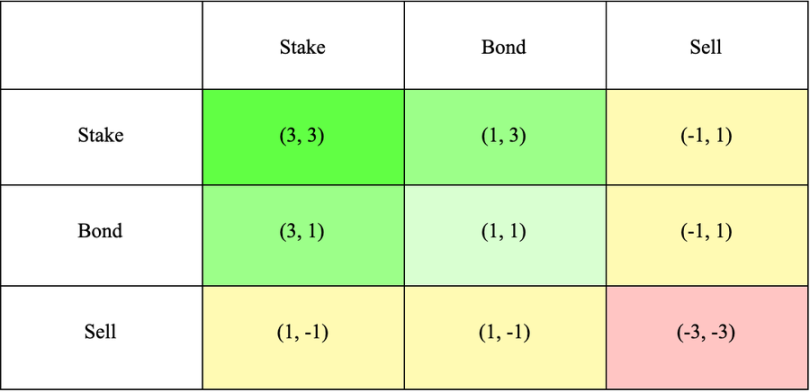
The Engagement Loop That Truly Retains Users
Effective retention comes from rewarding users for the right reasons at the right moments, not just more rewards.
If you notice, every sticky program follows the same rhythm: quick attraction, habit formation, mastery rewards, and transfer of ownership.
- Phase 1 — Attraction (Days 1-7): Quick wins, visible progress, social proof.
- Phase 2 — Habit (Days 8-30): Streaks, increasing challenges, team goals.
- Phase 3 — Mastery (Days 31-90): Skill tasks, leadership roles, status rewards.
- Phase 4 — Ownership (Day 90 and Beyond): Governance, content, ecosystem building.
By the time users reach Phase 4, they are already defending what they helped build.
Anti-Score Manipulation Mechanisms
I have seen excellent systems perish because they rewarded the wrong people. You cannot force loyalty; you must design for honesty. Here are some of the most common patterns I have observed.
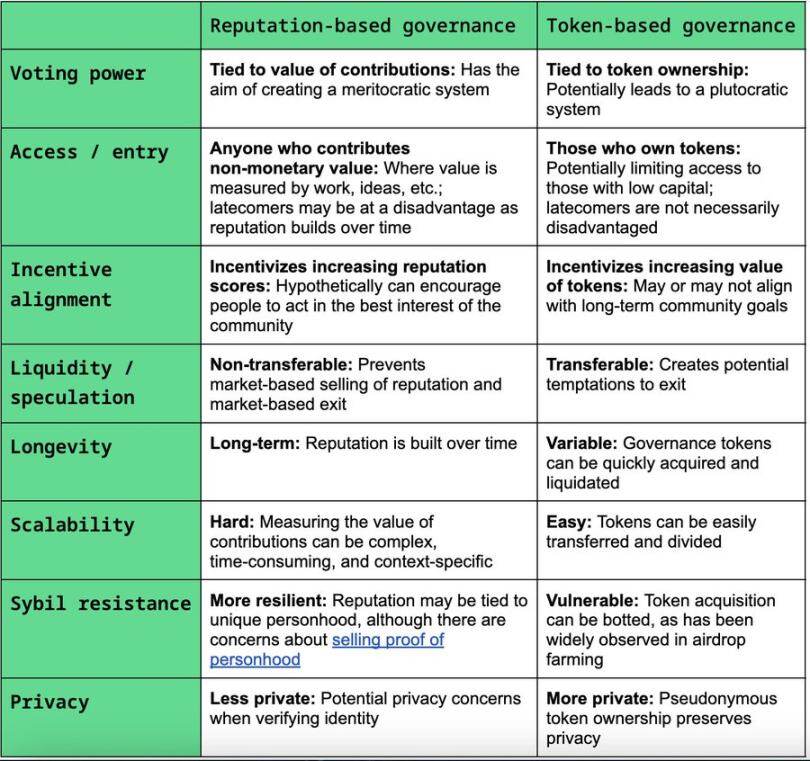
- Reputation Weighting: Not every wallet is equal. It’s better to reward a verified real user than a thousand bots. Tools like Gitcoin Passport help filter.
- Diminishing Returns: Giant whales distort data. The more someone trades, the fewer points they earn for each new action. Reducing rewards as trading volume increases → fairer, less score manipulation.
- Community Verification: The best systems allow users to supervise each other.
@Eigenlayer demonstrates this. Users join small groups, verify each other's behavior, and report dishonest actions. It turns participation into a shared responsibility rather than a solo grind. This social accountability allows people to maintain long-term engagement even after rewards diminish. People stay because the shared responsibility makes them care.
Core Truth: It is not the points that fail, but the poor design.
Gamifying Work
Points only work when they feel like progress rather than labor.
- Meaningful Progression: Skip hollow titles like "Bronze" or "Gold." Rank users by skill, such as market makers, liquidity providers, and protocol experts. People will stay when levels reflect learning rather than luck.
- Collaborative Competition: Design challenges where users win together; think of "guild quests" or cross-community tasks. Leaving these means disappointing teammates.
- Narrative Integration: Numbers may fade, but stories do not. Optimism achieved this—framing points as impacts on public goods, turning an event into a collective mission. People stay because they believe in the story they are part of.
The goal is to ensure contributions stem from a sense of belonging.
Success Metrics
Metrics can lie; large numbers may make the dashboard look good, but if everyone disappears after a month, they ultimately mean nothing. So what should be done?
Track:
- Day 30 Retention Rate: Who is still here after the hype fades.
- Skill Progression: Are users genuinely improving.
- Contribution Rate: How much value they create for others.
- Post-Project Engagement: How many users remain active after points or activities end (e.g., still logging in, voting, contributing).
- High-Quality User Ratio: How many of the remaining users become core contributors or deeply engaged participants (e.g., builders, governance voters, content creators).
Ignore: Surface Noise.
- Total Points
- Number of Registrations
- Social Mentions
The real victory is seeing the community maintain engagement.
Implementation Roadmap
Excellent points programs are phased; build the foundation, test the loops, scale effective parts, and then transfer ownership.
- Months 1-2: Foundation → Behavior-based scoring, witch attack defense, mastery paths, community setup.
- Months 3-4: Launch and Iterate → Soft launch, research patterns, rebalance points, add social graphs.
- Months 5-6: Scale → Open access, run team challenges, integrate governance.
- Month 7 and Beyond: Ownership → Gradually reduce rewards, increase governance weight, shift focus to remaining builders.
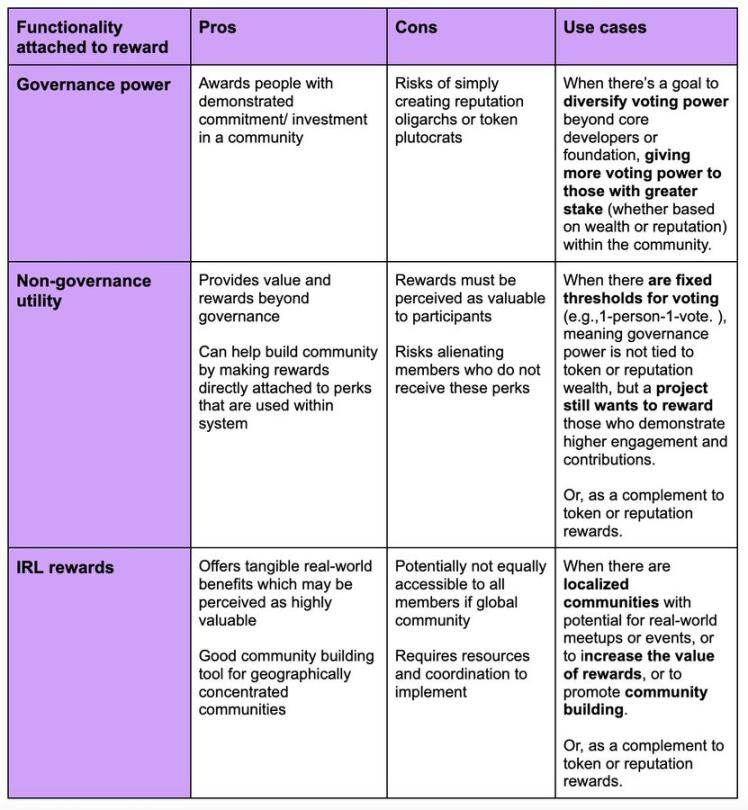
The goal is to establish a trend that transcends the activity itself.
Conclusion
What distinguishes a flash in the pan from long-term success? A genuine connection with users. Those programs that endure are somewhat different; they resource people's participation.
When points feel like progress rather than rewards, users will stay. The best programs also help users learn, connect, and contribute, allowing the system to operate on belief. The best programs of 2024 make "a sense of belonging" the reward. Users are no longer just chasing numbers; they are co-creating something.
Moreover, a good points program initially does not feel like marketing; it feels like a community finding its rhythm. When done well, people will stick with you through bear markets, advocate for you during project lulls, and help build the future. If done poorly, all you have is a peak on a dashboard that disappears overnight.
免责声明:本文章仅代表作者个人观点,不代表本平台的立场和观点。本文章仅供信息分享,不构成对任何人的任何投资建议。用户与作者之间的任何争议,与本平台无关。如网页中刊载的文章或图片涉及侵权,请提供相关的权利证明和身份证明发送邮件到support@aicoin.com,本平台相关工作人员将会进行核查。




